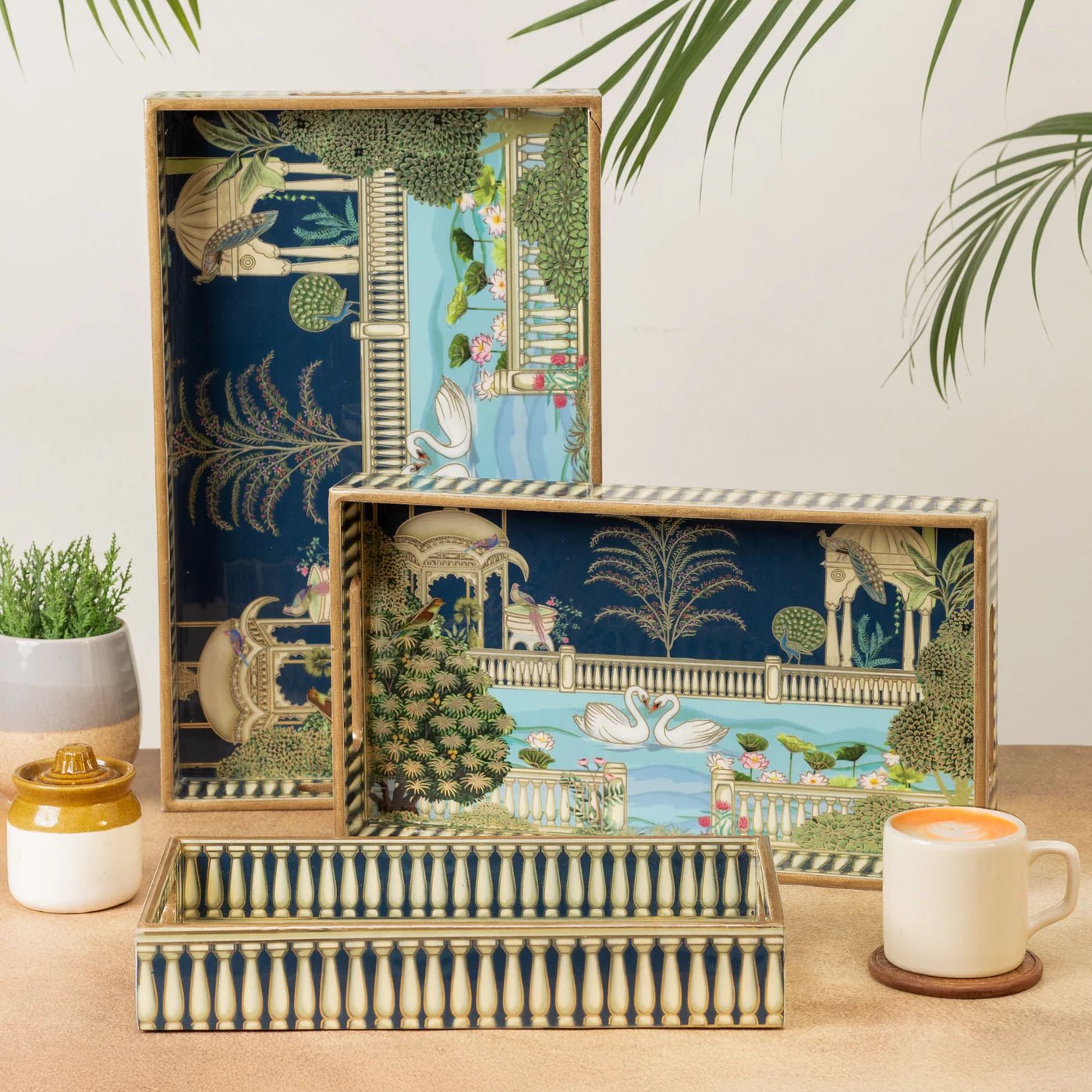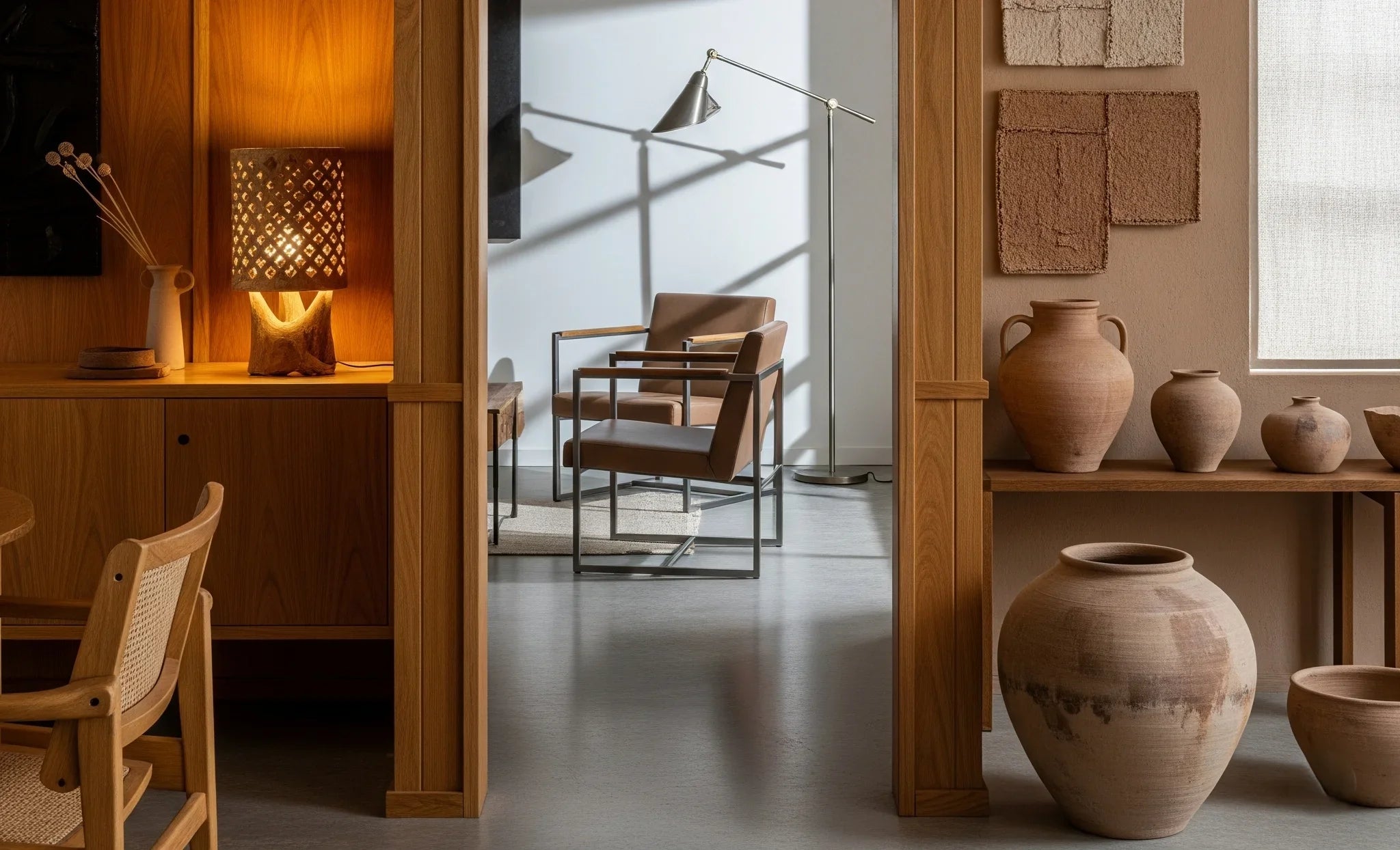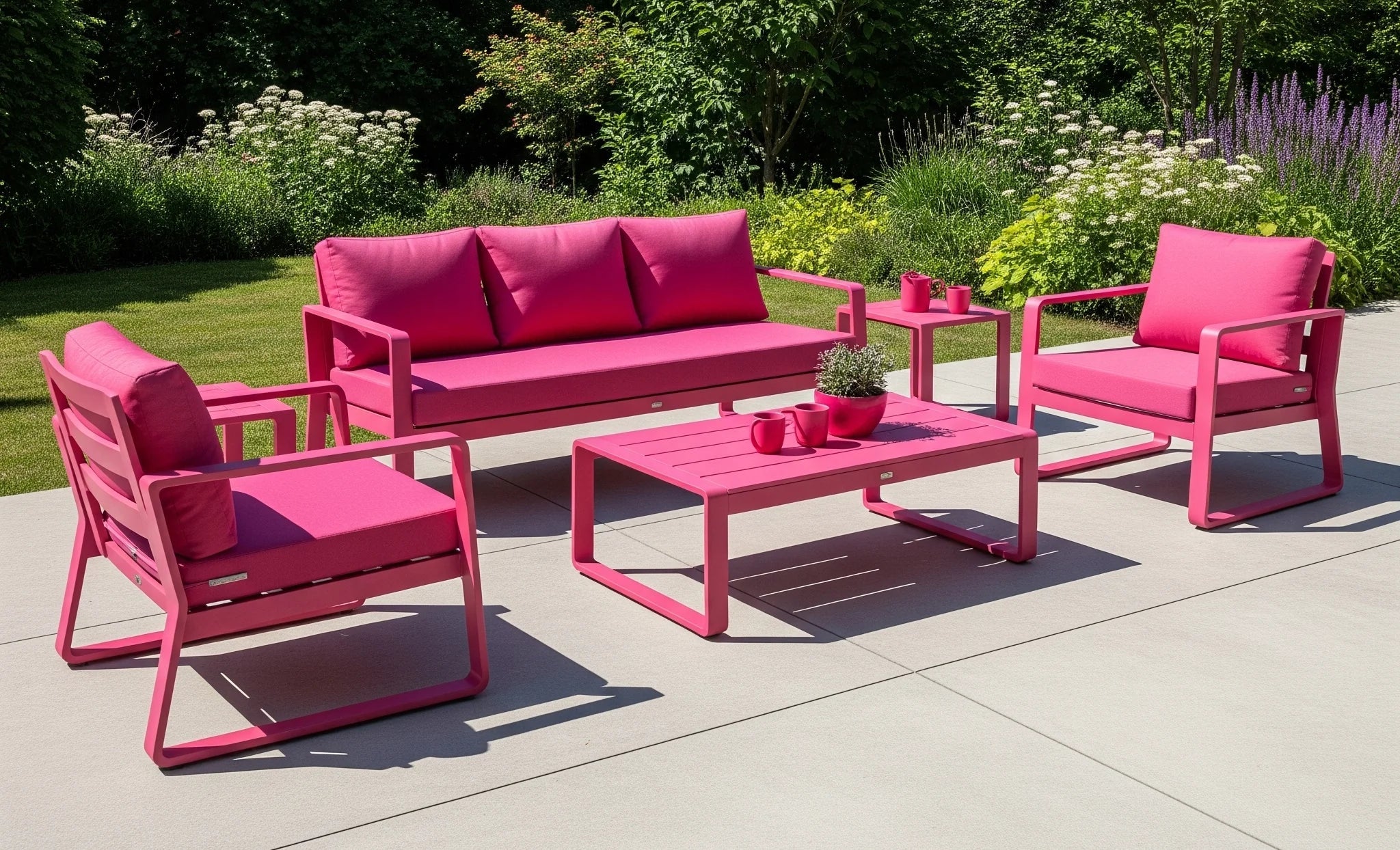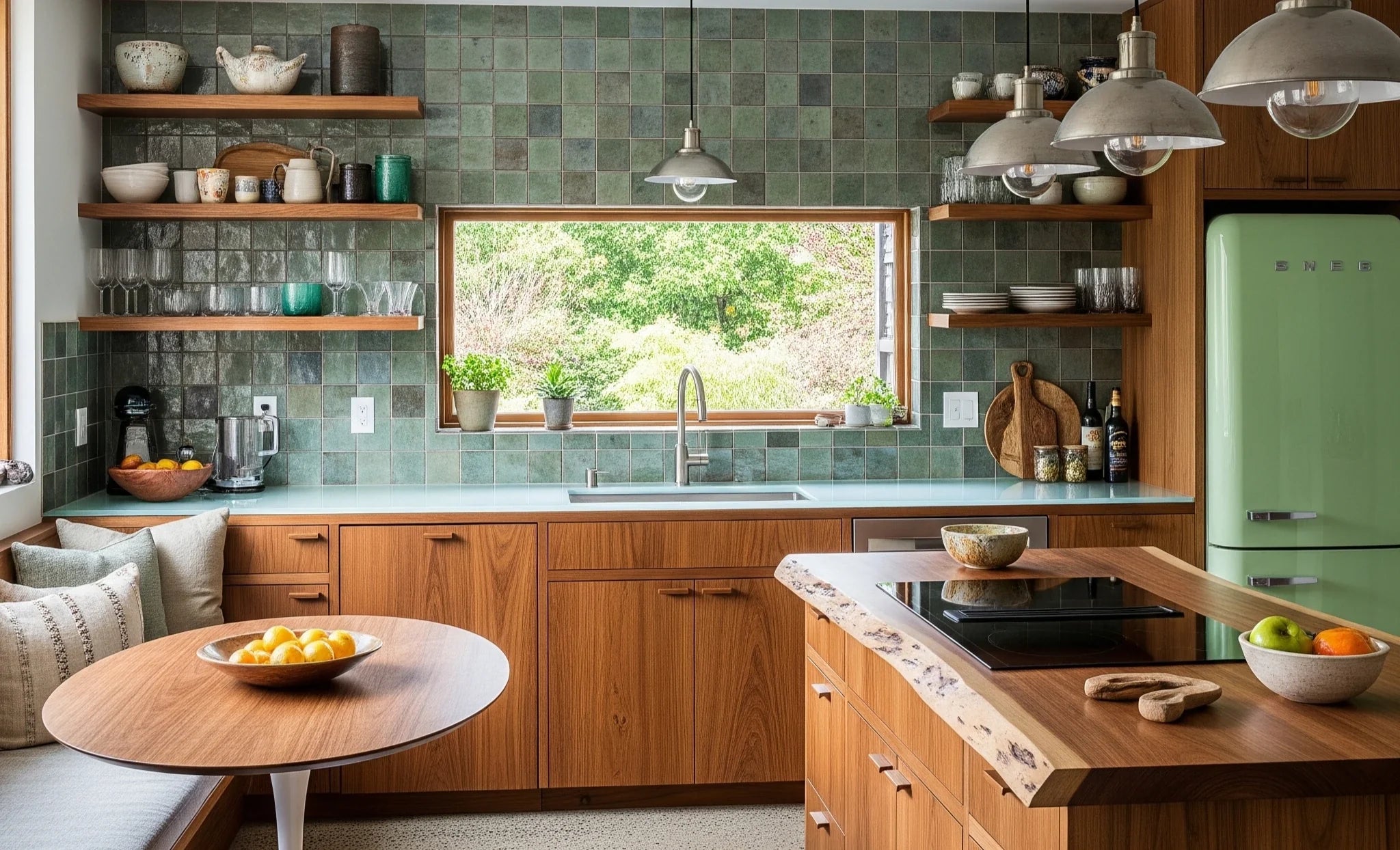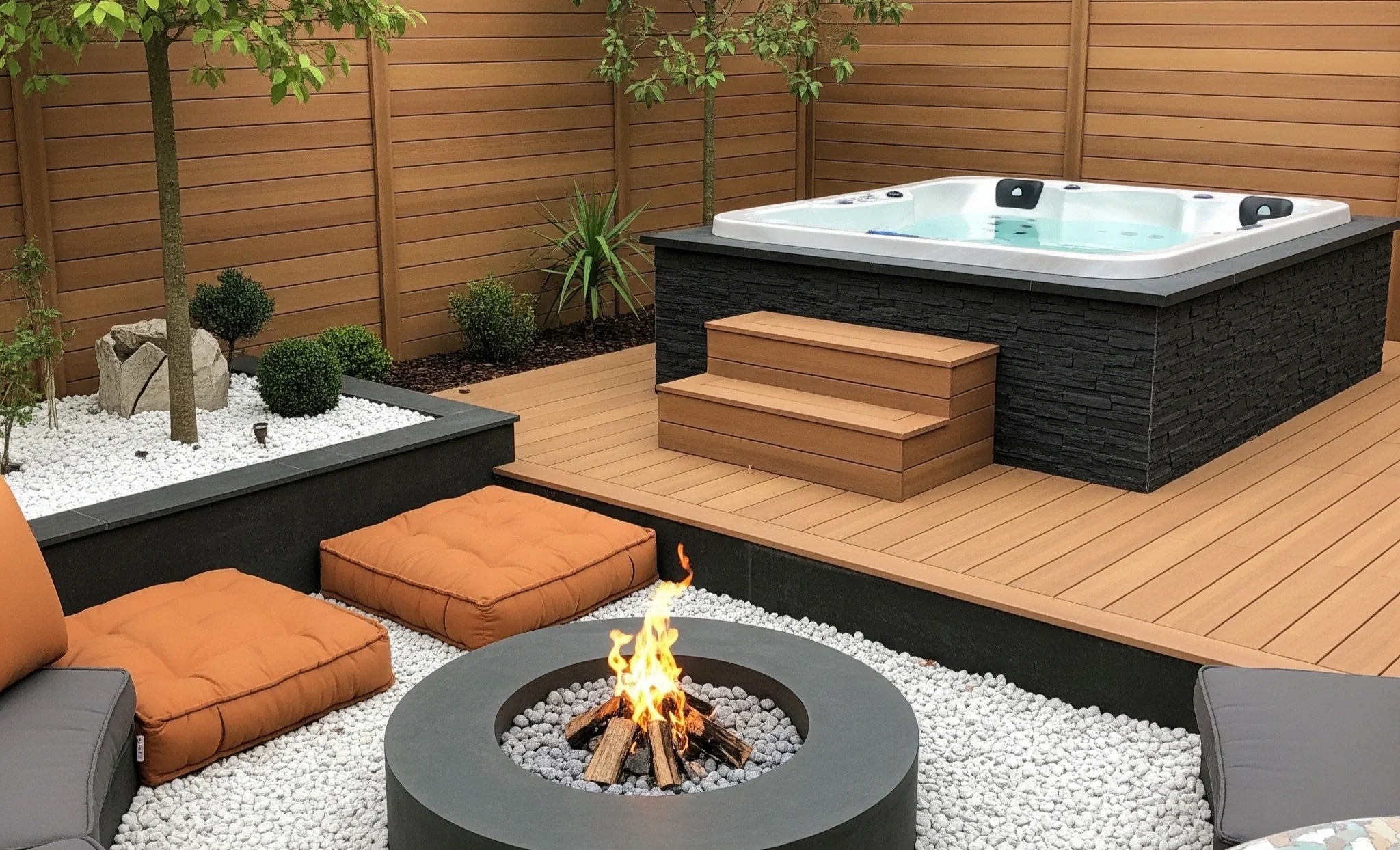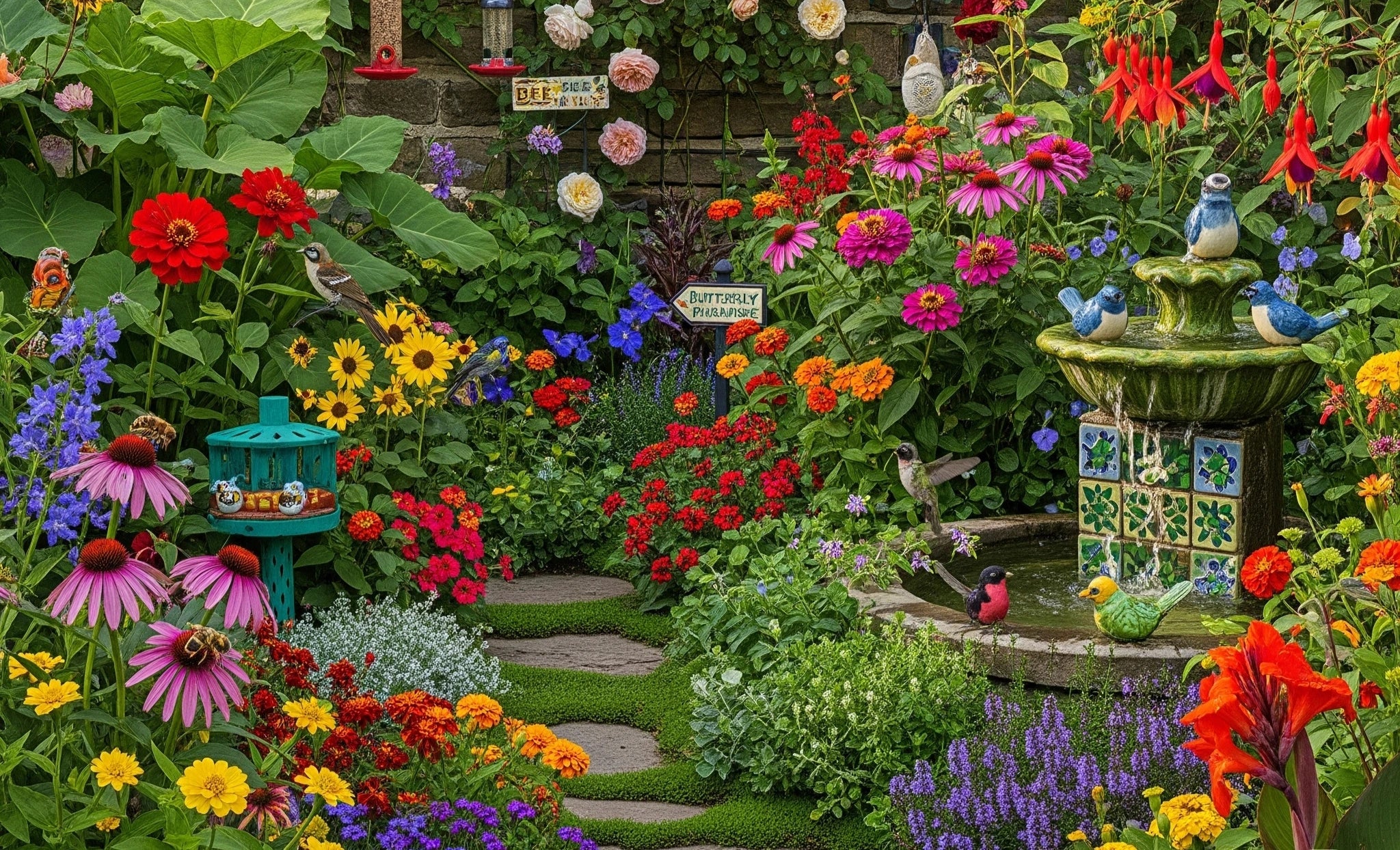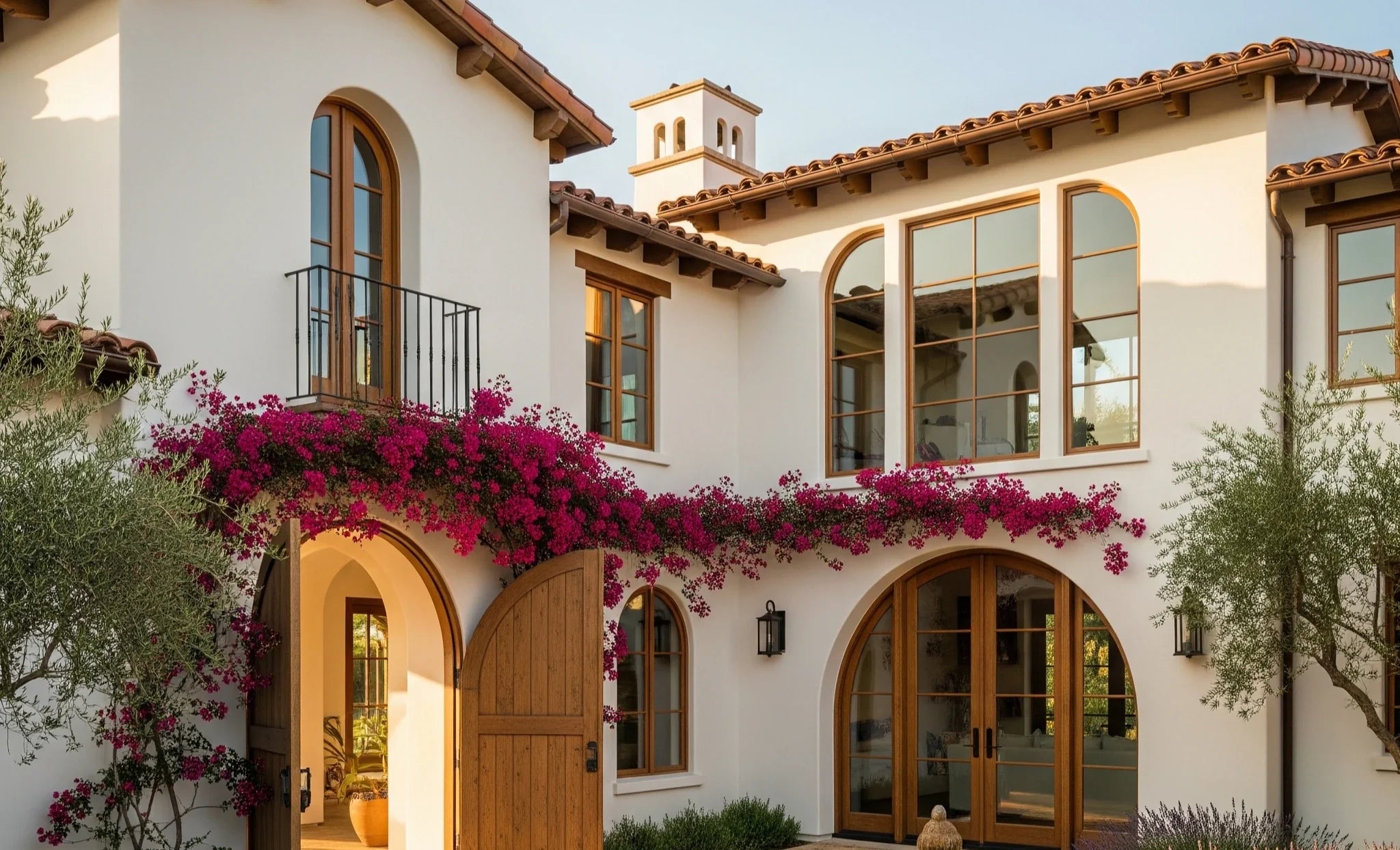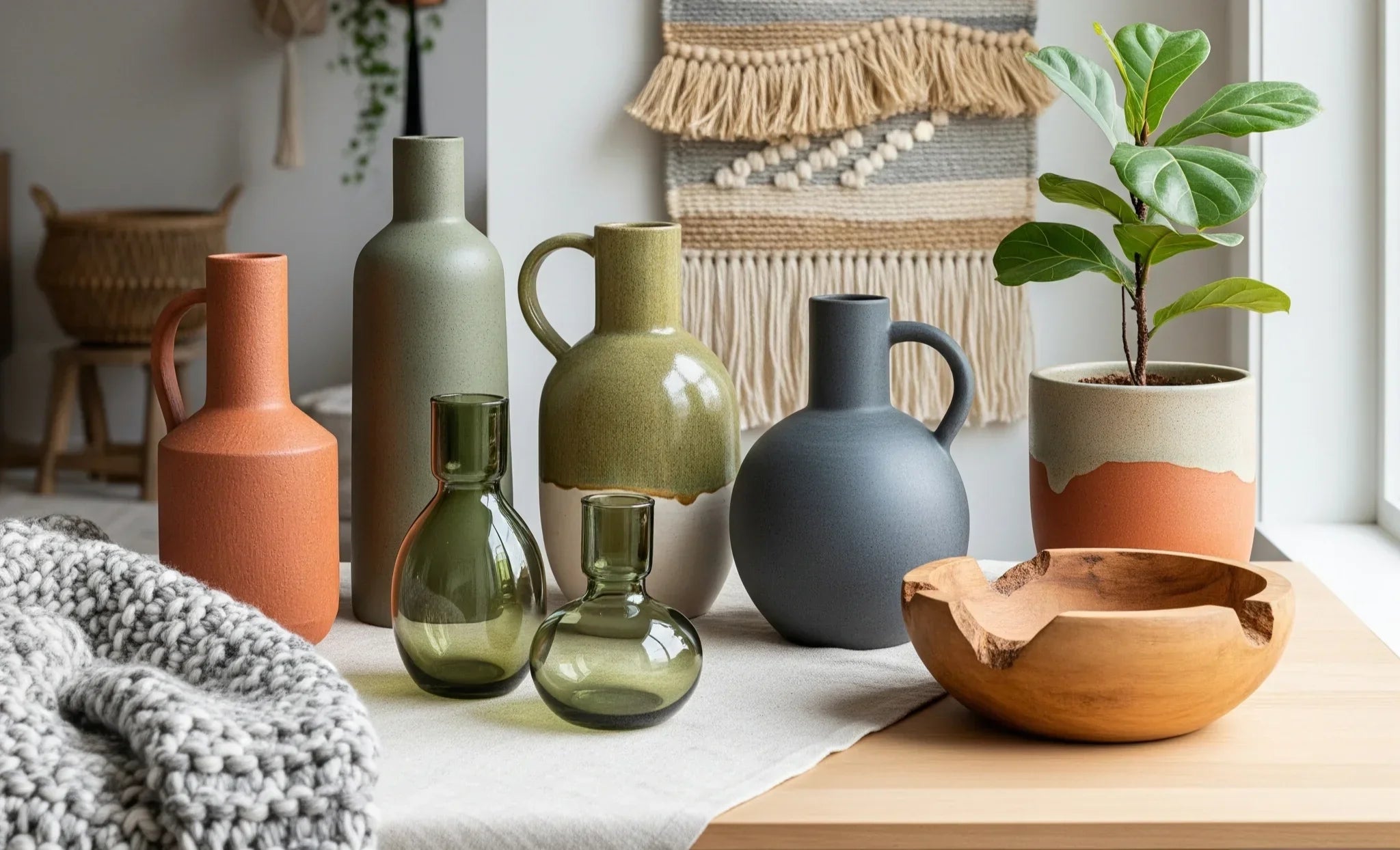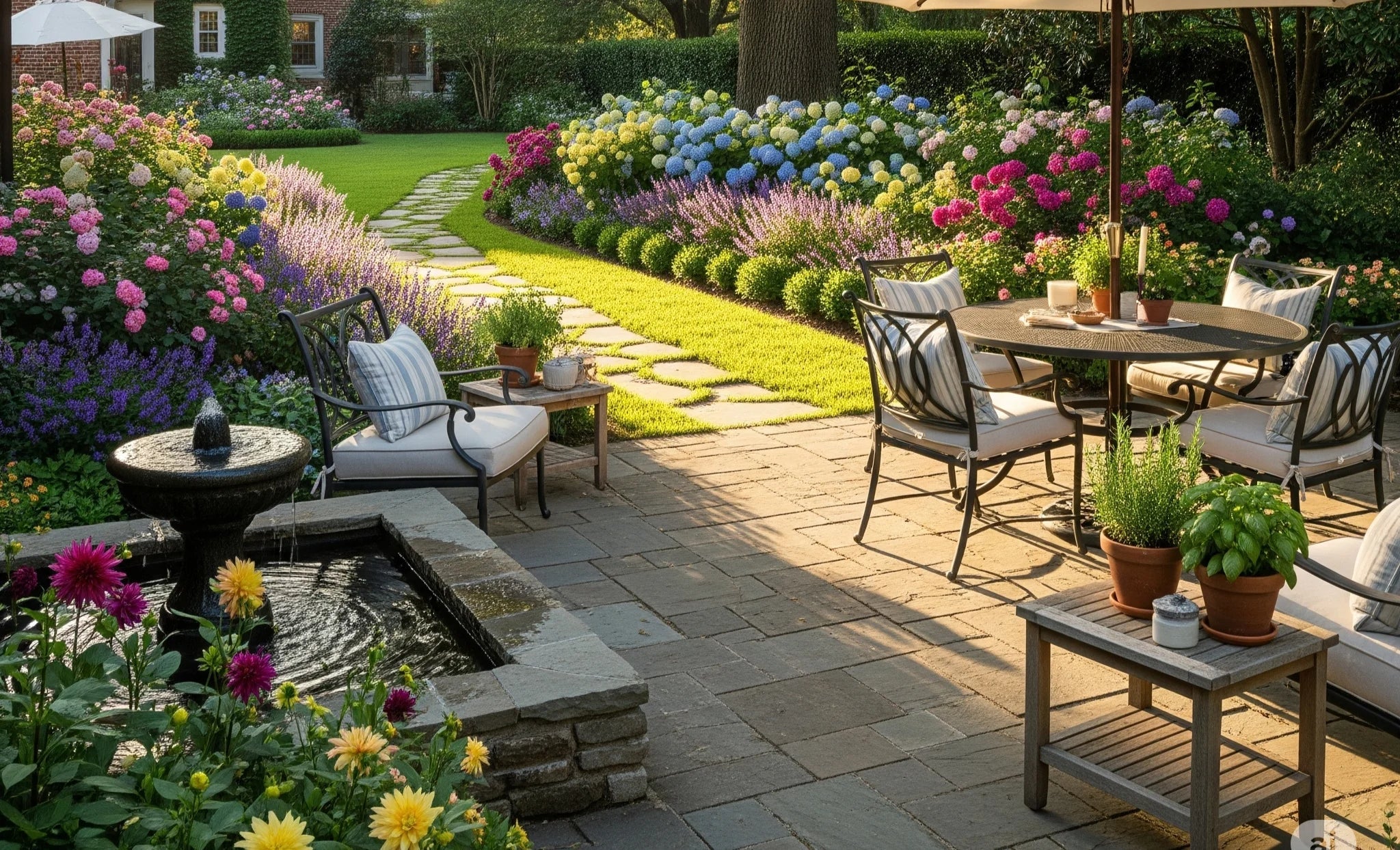
Living Fences & Pollinator Paths: Wildlife‑Friendly Landscaping That Works
In 2025, homeowners and garden lovers are shifting toward landscaping that supports both beauty and biodiversity. Two standout trends making waves? Living fences and pollinator pathways—eco-conscious, wildlife-friendly, and practical.
Let’s explore how these natural design elements not only transform your yard into a green oasis but also support local ecosystems, reduce costs, and boost curb appeal.
🌿 What Are Living Fences?
A living fence is a boundary made of living plants instead of traditional wood, metal, or vinyl. Think hedges, climbing vines on trellises, or rows of tall grasses. They offer privacy, reduce noise pollution, and act as windbreakers—all while being visually pleasing and beneficial to wildlife.
✅ Popular Living Fence Plants:
-
Bamboo – Fast-growing and perfect for privacy.
-
Boxwood – Dense and evergreen, ideal for formality.
-
Privet & Viburnum – Flowering options that attract birds and bees.
📦 Looking for garden-ready plant bundles? Explore our curated Garden Essentials Collection to kickstart your living fence today.
🐝 Why Pollinator Paths Matter
Pollinator paths (or bee corridors) are intentional planting zones designed to attract and sustain bees, butterflies, and hummingbirds. These beautiful trails create safe zones where pollinators can feed, rest, and reproduce—crucial in the fight against pollinator population decline.
🌸 Plants That Attract Pollinators:
-
Lavender – Drought-resistant and loved by bees.
-
Coneflower (Echinacea) – Butterfly magnet.
-
Milkweed – Essential for monarch butterflies.
-
Zinnias & Black-eyed Susans – Add bright, continuous blooms.
🌼 Tip: Use native plants whenever possible. Native flowers are better suited to local pollinators and require less maintenance. Visit The Xerces Society’s Native Plant Finder for region-specific guidance.
🛠️ How to Combine Both for a Wildlife Haven
Here’s how you can create a multi-purpose space using both concepts:
-
Design a perimeter living fence for privacy and habitat.
-
Layer flowering plants along the base of the fence for a pollinator path.
-
Install shallow water bowls for birds and bees to hydrate safely.
-
Use mulch and compost to enrich the soil and attract ground pollinators like beetles.
🧠 Did You Know? Living fences also absorb more CO₂ than traditional fences, helping reduce your home’s carbon footprint.
🌍 Environmental Benefits
-
Encourages local biodiversity
-
Reduces need for synthetic fertilizers and pesticides
-
Minimizes stormwater runoff
-
Supports endangered pollinator species
These are small changes that yield long-term impact, both environmentally and visually.
🛒 Create Your Pollinator Paradise Today
At Shoprova, we believe home should feel alive—literally. Browse our handpicked selection of eco-friendly planters, garden lighting, and outdoor decor to bring your wildlife garden to life.
📝 Final Thoughts
Whether you live in an apartment with a balcony or own a sprawling backyard, you can make space for nature. By integrating living fences and pollinator paths, you’re not just enhancing your outdoor aesthetics—you’re contributing to a healthier planet.
Together, let’s grow gardens that give back.



